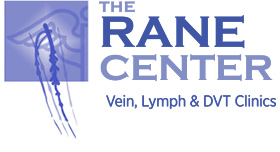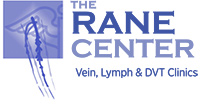For your convenience, we have compiled a list of instructions for post-operative care for many of the surgical procedures we perform.
The information provided here is of a general nature. The specific procedure performed on you may vary in some details from that described here. Your specific medical condition may also have a bearing on the information provided here. Your doctor will discuss the benefits and risks of any procedure being considered, as it applies specifically to you. You should feel free to ask your doctor any additional questions you may have because the decision to undergo the procedure is yours.
While the more common complications are listed here, there are many others that are relatively rare in occurrence and too numerous to list. Your general health condition such as pre-existing heart or lung problems for example may involve complications unrelated to venous disease as well.
The Risk of Surgery
Modern advances in medicine and anesthesia have rendered many procedures such as those performed in our practice quite safe. If complications occur, they generally respond to treatment and pose a threat to life or limb only very rarely. All human activity including surgical procedures carry some risk of complications and even death howsoever rare.
Your doctors can provide quality medical care within the limits of their human ability, but cannot guarantee the best result or a totally risk free procedure. This lies not in their hands, but elsewhere. Therefore, it is essential that you make a decision to undergo the procedure considering these potential risks because the doctors can not make this decision for you.
Weigh the potential advantages and risks of the procedure in reaching a decision. Your doctor will explain these to you in detail as it specifically applies to your medical condition and the type of procedure being considered.
Surgical Complications
Call your doctor:
…. When the seepage of serum is excessive or persists beyond a few days. Seepage of serum from incisions for a few days after surgery is common, but can occasionally become excessive.
…. When excessive blood collects under incisions. A small amount of blood or serum under incisions is also common, but can occasionally become excessive.
…. When incisions get infected with drainage of pus, which often is associated with pain. Redness, or red streaks in the leg indicate more widespread infection or “cellulitis”, which should be quickly addressed. Fever and tenderness may be present but are not constantly present. This will require treatment with antibiotics.
Hard knots may develop underneath incisions from build up of scar tissue. Unless tender, these are harmless and resolve over time. A tingling or burning sensation in the operated leg, or a lack of feeling in parts of the leg (numb area of the skin) are common after surgical procedures performed by our practice. They spontaneously subside over time, but may occasionally persist beyond several months after surgery. If bothersome, special medication may be prescribed by your doctor.

